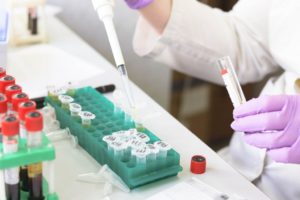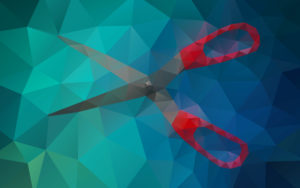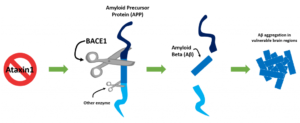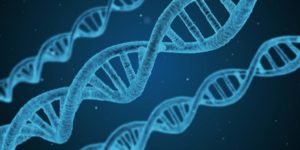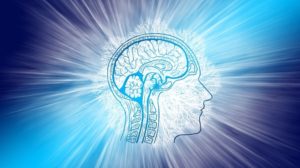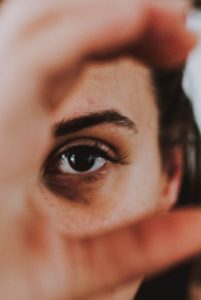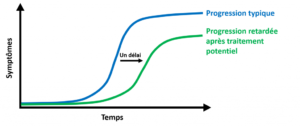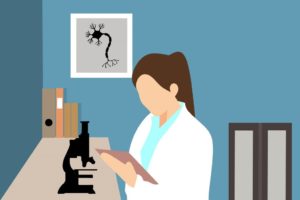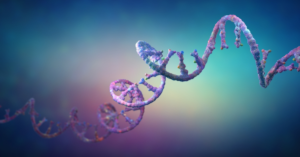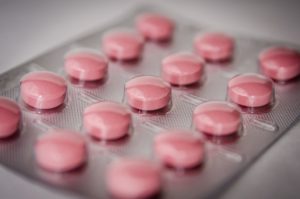
Snapshot: What is drug repurposing?
To repurpose drugs is to find new ways that they can be applied to treat other conditions and illnesses. Although our knowledge of diseases is greater than ever before, the development of novel therapies has yet to catch up. Drug development is slow, expensive and risky. These challenges have made Read More…


